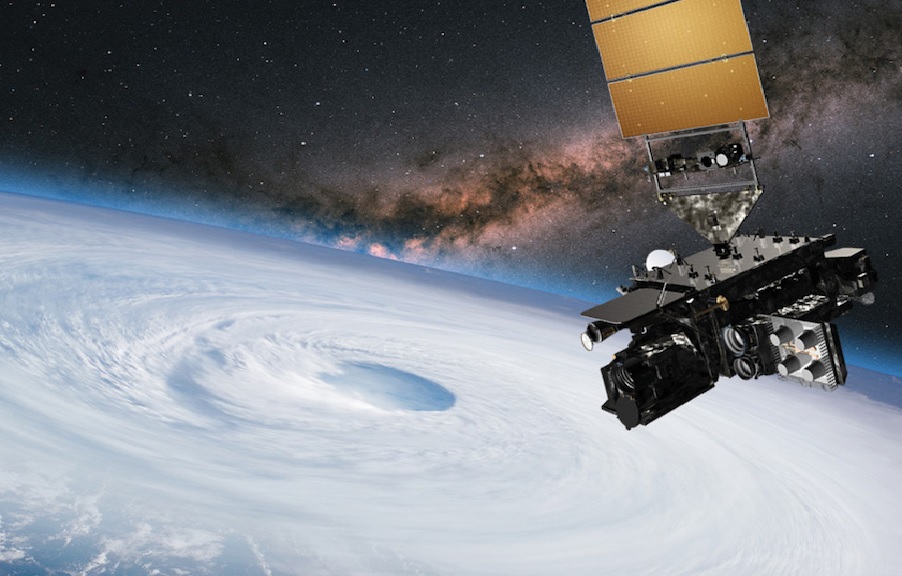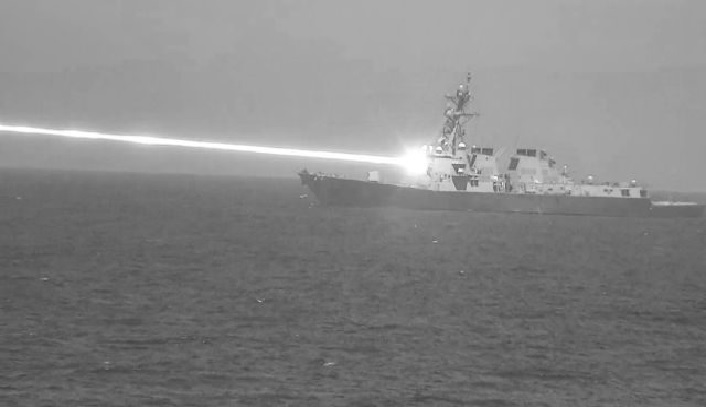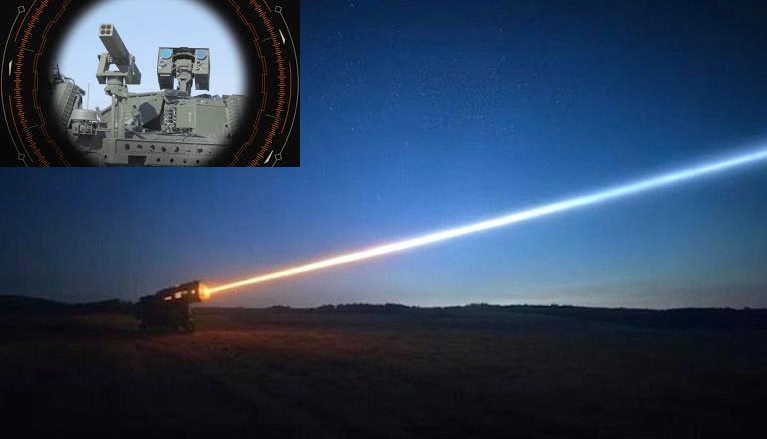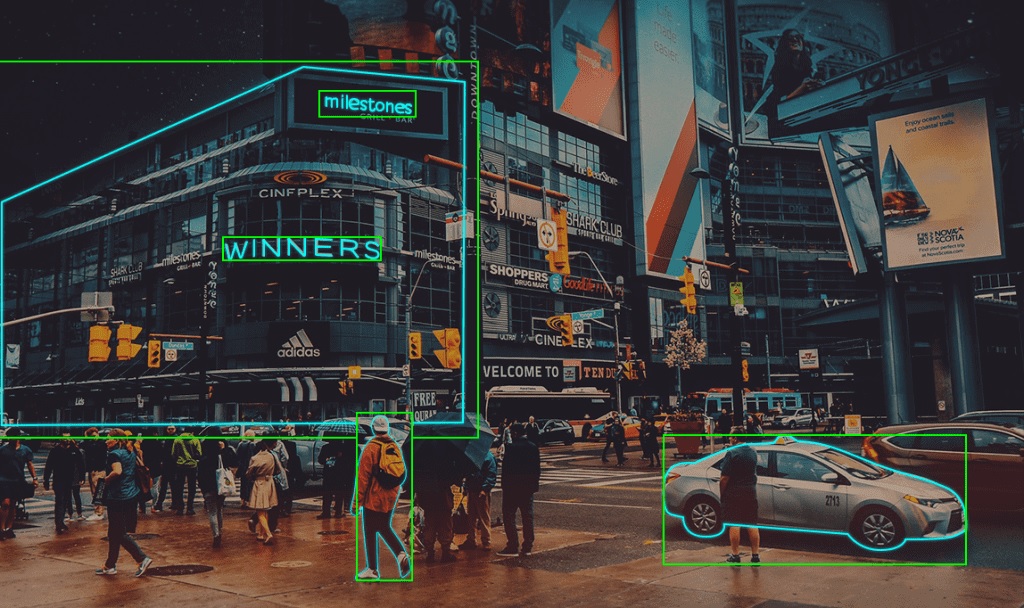L3Harris Finalizes Design Review for Japan's Upcoming Weather Satellite

L3Harris Technologies, a prominent US aerospace and defense company, has achieved a significant milestone in the development of Japan’s next-generation Himawari-10 weather satellite. The firm has successfully completed the Preliminary Design Review (PDR) for the satellite's key instruments, marking a critical step toward launching a satellite equipped with groundbreaking meteorological capabilities.
Himawari-10: A Leap Forward in Weather Forecasting
Himawari-10, commissioned by the Japan Meteorological Agency (JMA) and to be manufactured by Mitsubishi Electric Corporation, is designed to elevate Japan's ability to predict and monitor weather patterns. The satellite will serve as a crucial tool for improving disaster preparedness and mitigating risks across Japan and the Asia-Pacific region.
The two primary instruments under development by L3Harris are:
- Advanced Imager: This is derived from L3Harris' proven Advanced Baseline Imager technology, modified to include unique spectral bands tailored to Japan’s meteorological needs. It will provide high-resolution images for real-time tracking of severe weather phenomena such as typhoons.
- Hyperspectral Infrared Sounder: This cutting-edge tool will deliver three-dimensional atmospheric profiles, including precise data on temperature, humidity, and pressure. Its capabilities promise a substantial improvement in weather modeling accuracy.
These systems are designed to support not just regional weather forecasting but also contribute to global meteorological data sharing.
Specifications and Features of Himawari-10
Himawari-10 represents the next step in Japan’s highly successful Himawari satellite series, which has been operational since the 1970s. Key specifications include:
- Imaging Technology: Advanced multi-spectral imaging for visible, near-infrared, and thermal infrared wavelengths.
- Hyperspectral Sounding: Over 2,000 spectral channels for precise atmospheric observations.
- Data Refresh Rate: High-frequency updates, enabling near real-time weather monitoring.
- Coverage Area: Focused on Japan and the Asia-Pacific but capable of capturing global weather patterns.
- Longevity: Designed for a lifespan of over 10 years in geostationary orbit.
These features are specifically aimed at addressing modern challenges such as climate change, extreme weather events, and disaster risk reduction.
L3Harris’ Role and Vision
L3Harris secured a five-year contract in 2023 to develop and deliver these advanced meteorological systems. The company’s president of Space and Airborne Systems, Ed Zoiss, highlighted the importance of this project, stating, “Our world-class weather instruments will assist JMA in their efforts to enhance real-time disaster monitoring and warning capabilities.”
The collaboration aligns with global initiatives to advance Earth observation technologies and improve responses to climate-related risks. Himawari-10's capabilities are expected to strengthen not only Japan’s weather prediction systems but also contribute to international meteorological networks, fostering global cooperation in climate monitoring.
Conclusion
With the successful completion of the design review, Himawari-10 is on track to redefine weather forecasting standards. Once operational, it will play a pivotal role in safeguarding lives and property by delivering faster, more accurate weather data. This satellite embodies the collaborative spirit between Japanese and American aerospace industries, showcasing the technological advancements shaping the future of meteorology.



